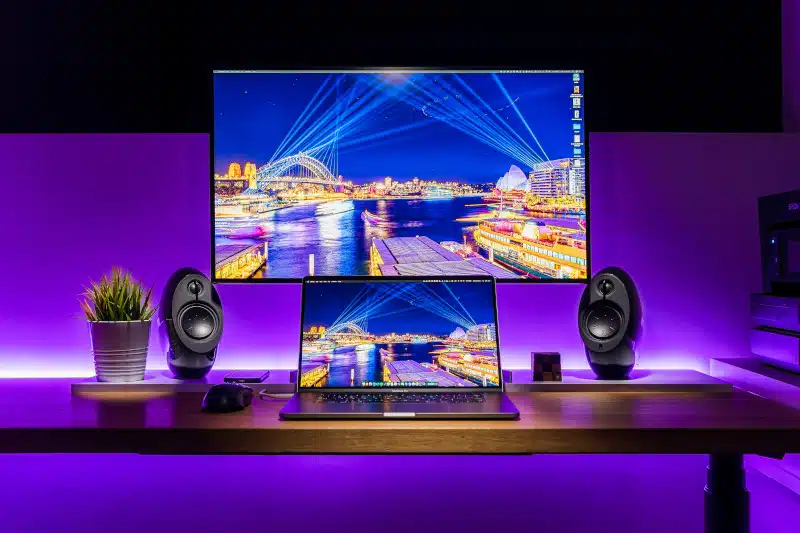Setting up a new computer is an exciting venture in the modern era, and in this guide, we’ll walk you through the essential steps to ensure a smooth and hassle-free experience.
Hardware Setup
When you bring home a shiny new computer, the excitement of unboxing it is hard to contain. However, a proper hardware setup is the key to a smooth experience.
First, ensure you have all the components that come with your computer. Unpack the tower, laptop, keyboard, mouse, power cables, and accessories. Now, let’s delve into the hardware setup.
Start by connecting the power cable to your computer and plugging it into a reliable power source. A surge protector or an uninterruptible power supply (UPS) is crucial to safeguard your device from electrical surges and sudden outages.
Next, connect your monitor to the computer. Depending on the ports available, you may use HDMI, VGA, or DisplayPort. Ensure the cable is securely attached to the monitor and your computer to avoid loose connections and display issues.
Attach the keyboard and mouse to the designated USB ports when transitioning to peripherals. Most modern computers use USB connections for these devices. If your keyboard and mouse are wireless, follow the manufacturer’s instructions to establish a connection.
With the physical setup complete, it’s time to pay attention to cable management. Use zip ties or cable clips to bundle and secure your cables, preventing clutter and making it easier to troubleshoot or expand your system in the future.
Once everything is in place, power up your PC and move on to the software configuration. Proper hardware setup is the foundation for a reliable and efficient computing experience in the digital age, ensuring that all components work together seamlessly to meet your needs.
Let’s explore the software side of things in the next section.
Software Configuration
With the hardware set up, it’s time to navigate the software aspects of your new computer. Here’s where the true magic of personalization happens.
Turn on your computer, and you’ll be greeted with the initial setup screen. Follow the on-screen instructions to select your language, region, and keyboard preferences. This step is crucial for a comfortable user experience in the digital world.
Now, it’s time to connect to the internet. If your computer has built-in Wi-Fi, you can select your network and enter the password. If not, use an Ethernet cable to establish a wired connection.
Once connected, the computer will check for updates. Always ensure your operating system and software are up to date for security and performance improvements.
Customize your desktop by selecting a wallpaper and configuring your display settings. You can also personalize your system with a user account, creating a unique digital space.
Maintaining a well-organized digital environment is essential for a computer in this modern age. Keep your files, folders, and software applications neatly organized to ensure easy access and troubleshooting, if needed.
In conclusion, setting up a new computer involves hardware and software. With proper setup, your new PC will be your trusted companion in the digital world.
If you encounter any challenges while setting up your new computer or require professional assistance to ensure a seamless experience, don’t hesitate to contact PCMechanic Computer Repair in Davenport, FL. An expert technician is here to provide top-notch support and ensure your new computer runs smoothly.
Image Credit: Photo by Kreeson Naraidoo


